How can you keep the air in a laboratory incubator?
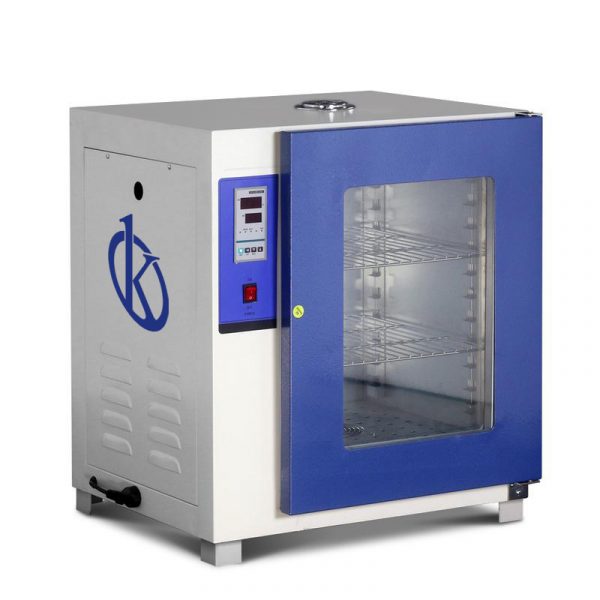
In many laboratories, the incubator is used to maintain air and temperature at levels appropriate for the care of biological or chemical material. These incubators maintain a constant temperature in a specific range and such as oxygen, nitrogen, carbon dioxide, water vapor and other gases found in the air. This is essential for housing living materials in a stable environment.
Why is it necessary to use Heaters in the Laboratory?
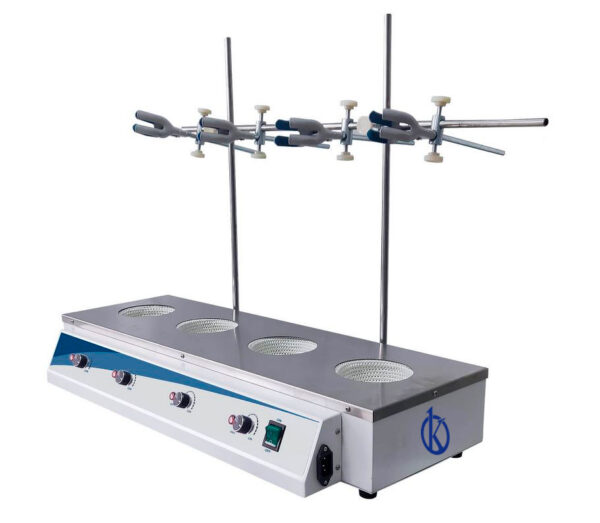
One of the main equipment used in laboratories is the heating cloth, a device that ensures injury prevention and temperature regulation for the safety of workers and products in the laboratory. Heating blankets are used to heat liquids, as the temperature must be controlled to prevent damage to components, products and workers. The heating blanket is also used to regulate the temperature of liquids with a very high level of precision.
What are the advantages of using the Refractometer?
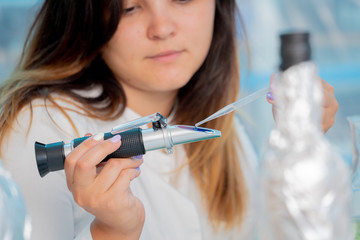
The refractometer is a laboratory instrument used to measure the total solids in a solution and determine their state of purity. It is a novel light refraction instrument that crosses matter directly related to solidity and the set of suspended solids, which passes through various prisms, resulting in measurement scales such as Brix, specific density, percentage (%), among others.
What is a laboratory refractometer?
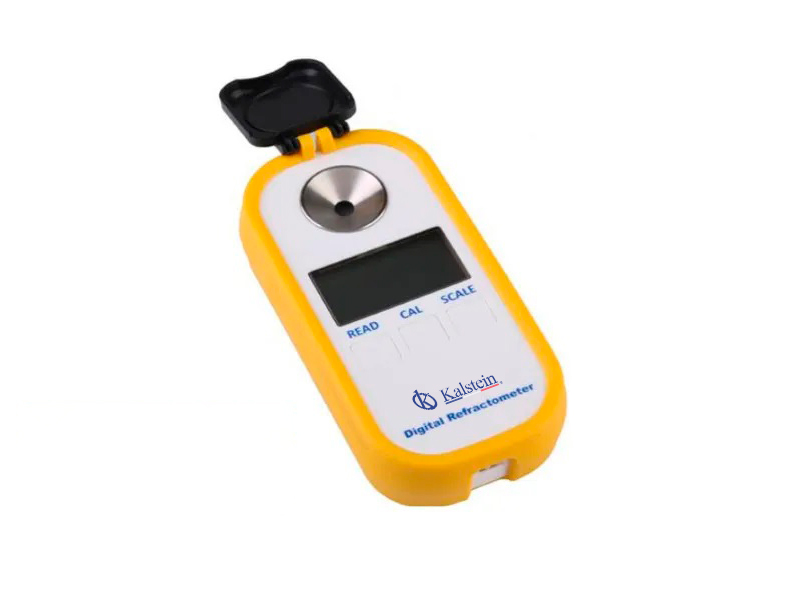
Refractometers are optical instruments used to determine the percentage of soluble solids in a liquid solution. For this, the refractometer makes use of the principle of total refraction of light (originated by the type and concentration of the substances dissolved in a liquid solution, for example, sugar), which takes place in the boundary layer between the prism and the sample…
Refractometers and the wine industry

Refractometers are optical devices that are used to determine the percentage of soluble solids in a liquid solution, making use of the principle of total refraction of light (caused by the type and concentration of substances dissolved in a liquid solution, for example, sugar. ), which takes place in the boundary layer between the prism and the sample. The refractometer…
Use of the refractometer
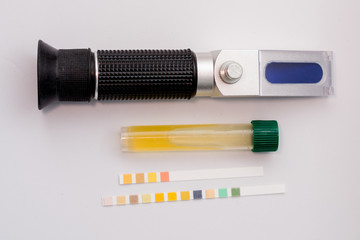
Refraction is the change in the speed of light as it passes from one medium to another, which is manifested by the variation that occurs in the wave as it passes through the media (gaseous, liquid, solid). Light travels in different materials at different speeds, making the refractive index a specific physical property…
Refractometer Features
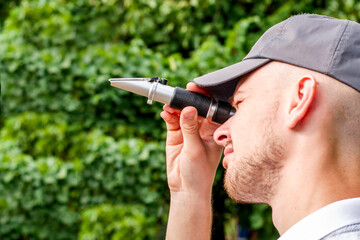
Refraction can be defined as the change of radiation direction when passing from one material to another, this phenomenon is associated with the differences in the speed of light propagation in the two media. The method to calculate the refractive index of a sample in order to know its purity is the refractometry and the instrument…
What is the refractometer?

Refraction is the change in the velocity of a light wave that hits a surface as it passes from one medium to another with a different refractive index. The refractive index is the ratio between the speed of light in vacuum and the speed of light in another substance, is a physical property characteristic of each species (solid, liquid or gaseous) that is characterized by the propagation of light in a given medium.
Power supply to the Power Supplies in the Laboratory

All labs have a need for a secure and reliable power supply for their equipment and tools. In many cases, electrical power is the primary source of power for the laboratory. However, this energy is not enough to perform some tasks. Therefore, in order to achieve optimal levels of safety and efficiency, laboratories also rely on other energy supplies, such as uninterruptible power supplies and emergency generators. These systems provide backup power to help the lab withstand emergencies and keep processes running.
How to choose the right Power Supply for the Laboratory?

A power supply is a device that provides electrical power to operate other electronic components. These power supplies are made of basic electronic devices such as diodes, resistors and capacitors and fall into two broad categories: full and non-full waveforms. A full wave produces a more circular and evenly regulated output signal. Non-full power supplies are more appropriate for power systems with improved voltage, such as those found in high-performance applications.
